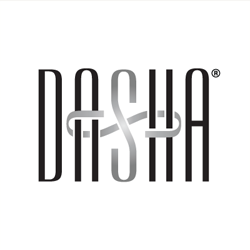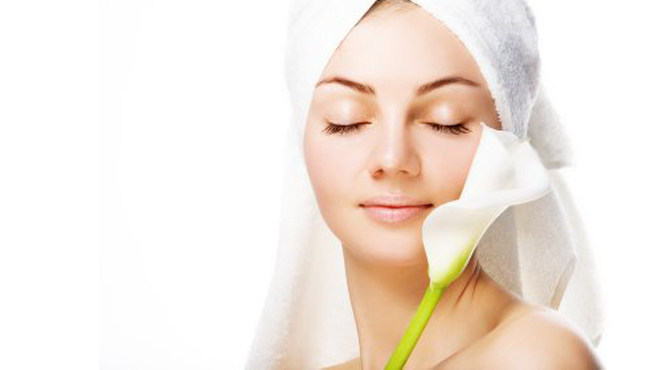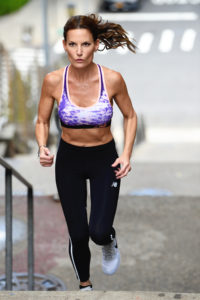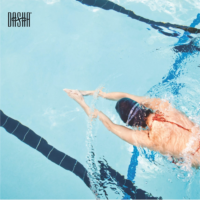Kids are back to school and the official end of summer is only a week away, but that doesn't mean you should be thinking about how the sun effects your skin any less.
As a Board Certified skin cancer specialist, I see people with sun-damaged skin every day. My patients range from 20 year-old girls who are addicted to tanning beds, to older men and women of the reflectors and baby oil with iodine generation. No one thinks they’ll get skin cancer, but according to the American Academy of Dermatology, in the U.S. “It is estimated that there will be about 137,990 new cases of melanoma, the most serious form of skin cancer, in 2013.
The incidence of melanoma has been increasing faster than that of any other cancer in the United States. Invasive melanoma currently is the 5th most common cancer in men and 6th in women in the U.S. At current rates, the lifetime risk of an American developing invasive melanoma is 1 in 58. Melanoma is also the most fatal of skin cancers accounting for 79% of all skin cancer deaths. Therefore, the importance of prevention and early diagnosis of skin cancer cannot be underestimated.
You can help lower your risk of developing skin cancer by:
Paying attention to your exposure to UVA/UVB rays, whether from the sun or a tanning bed. Although sunshine is a great source of vitamin D, the sun’s ultraviolet (UV) rays is the leading cause of skin cancer. UV exposure also causes our skin to age faster, leading to wrinkles and damaged skin. A recent study by the Queensland Institute of Medical Research found that adults using daily sunscreen were 24% less likely to show increased aging, regardless of sex, age, skin color, occupation, skin cancer history, weight and smoking.
Using a sunscreen with UV protection to help prevent skin cancer and slow down the skin’s aging process. It’s important to use a broad-spectrum sunscreen that provides both UVA and UVB protection. While an SPF of 15 will block about 94% of UV rays, it’s only effective if you apply it properly. Remember to use it liberally and use it often, year-round, and not just in the summer. Sunscreen should be applied every two hours and more so if swimming or sweating.
Staying out of the sun during the hours of 12 noon to 3:00 p.m. This is when the sun’s burning rays are at their worst.
Scheduling regular skin screenings/skin checks with a board certified dermatologic surgeon. The more skin is exposed to the sun, the more damage occurs. Collagen and elastin in the deeper layers of the skin are broken down, giving less support to the underlying muscles and the skin's surface. Skin appears wrinkled and discolored with brown spots and red blood capillaries appearing on the surface. The good news is that we are learning more about how and why our skin gets damaged and becoming more successful at reversing the signs of damage and aging:
Consistent daily use of Peptides and Vitamin A help strengthen the skin and improve its texture. Retinol is key since it resets cellular regeneration of the top layer of skin and strengthens it from inside out.
Free radical-fighting ingredients with strong Antioxidants like vitamins C and E and green tea will help safeguard the skin from future damage.
Chemical peels can help reverse the effects of sun damage, environmental factors and time to enhance your skin’s natural beauty. In addition to facial treatments, peels can also be used to treat sun damage on the décolletage and hands. It’s a great treatment to do after summer to reverse the damage done during the summer and hydrate the skin.
Laser and light-based treatments like New Clear + Brilliant laser take skin care to a whole new level. What you do in your 20s and 30s will affect how you look in your 40s, 50s and beyond. Adding Clear + Brilliant to your collection of skin care tricks – at any age – will help you recover glow, luminosity and smoothness to your skin and to prevent future signs of aging.
Photofacial treatments utilize Intense Pulsed Light (IPL) Technology to improve and rejuvenate the skin and body. The gentle, non-ablative treatments use broad-spectrum light to treat the face, chest, neck and hands-virtually anywhere that sun damage shows with virtually no recovery time. Using the Intense Pulsed Light system, we can dramatically improve the look of sun-damaged skin, remove brown age spots, pigmented lesions, and even out skin tone. These treatments are also appropriate for patients with the persistent redness and flushing of rosacea and other skin conditions.
Fractional lasers can help get rid of discoloration while improving the skin's texture. Instead of employing light, fractional resurfacing lasers create microscopic wounds in the skin-as the skin heals, the sun-damaged areas scab and flake off, and collagen production is increased. A series of 3-4 treatments is sufficient to improve the appearance of sun damage, though even just one treatment with the new Fraxel Dual can improve the pigmentation accompanying sun-damaged skin.
DASHA® is a luxury lifestyle brand and New York City-based wellness center created to offer a truly holistic approach to wellness. To learn more, visit dashawellness.com.






